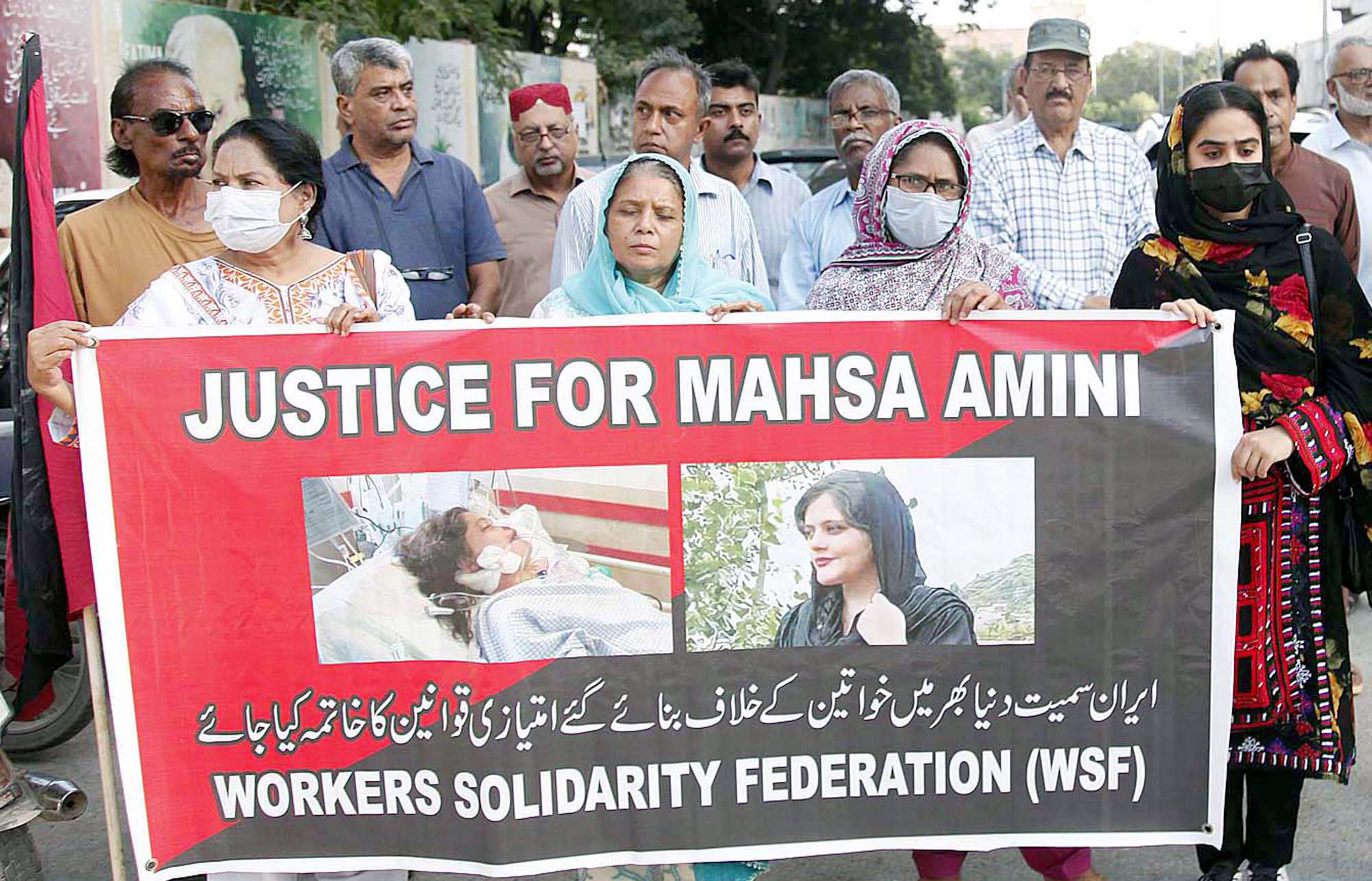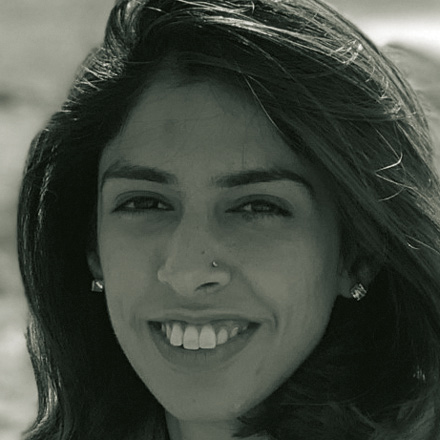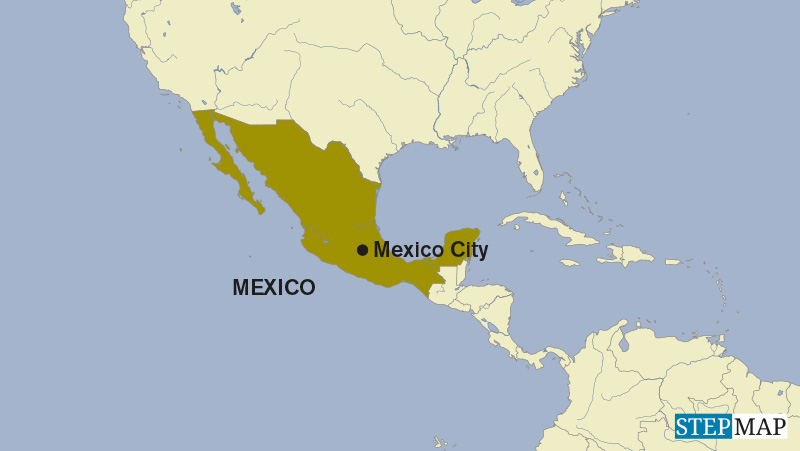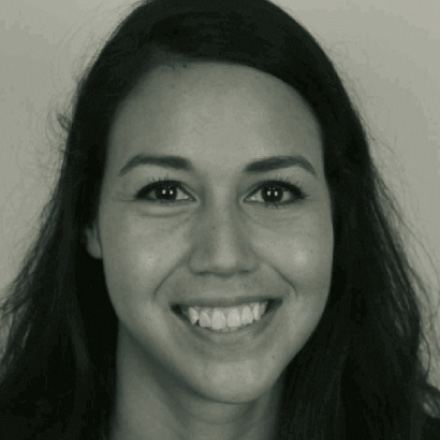Summer Special
Fashion exhibition stirs controversy
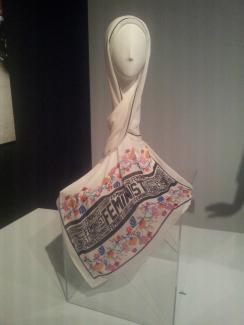
According to the display, Muslim consumers spend $ 243 billion on clothing per year. Muslim influence in the fashion industry is growing and attracting the attention of the world’s top designers – including Christian Dior, Chanel and Gucci. So called “modest fashion weeks” have become common. The exhibit at Frankfurt’s Museum Angewandte Kunst presents the cutting edge of Muslim fashion.
After passing through the high-security bag and body check, one faces a series of black curtains. Behind the first curtain, one can hear a woman rapping. After passing through, one sees a large screen showing a young pregnant woman wearing a hijab. It is Syrian-American Mona Haydar, whose music video for her song “Wrap my Hijab” went viral some time back. She sings, “even if you hate it I still wrap my hijab”, as if personally addressing critics of the exhibit.
The photographs and videos accompanying the clothing pieces depict women of all colours wearing lip piercings, blue lipstick, colourfully-dyed hair, T-shirts, ball gowns, abayas, yoga pants and suits. Images of Muslim women fencing, hip-hop dancing and skateboarding challenge western perceptions of Muslim women being docile and subservient, living at the mercy of men. Any open-minded person who enters the exhibit with a superficial notion of Muslim women will leave with a much deeper understanding of the diversity of female Muslim identities.
From Nike to Valentino, a wide range of fashion is represented. An interesting item is a flight jacket with the United States’ first amendment (which guarantees freedom of faith and speech) written across its back in Arabic. Another one is a hijab with the word “feminist” printed across it.
The pieces on display push boundaries at both ends of society’s spectrum. Coordinators of the exhibit have received racist hate mail from far-right extremists as well as criticism from feminists. A group of Iranian women and allies protested the opening with their own “exhibit” against headscarves and female veiling. They wanted to draw attention to the women around the world who are forced to wear Muslim clothing and imprisoned for refusing to do so. They consider the headscarf a symbol of female repression and blame the large brand names represented in the exhibit for not standing up for women’s rights and “selling-out”.
The exhibit did, indeed, address this issue. A video shows Vida Movahedi defying an Islamic regime. Movahedi is an Iranian woman who was arrested for protesting in Tehran. In the video Movahedi stands atop a metal utility box and waves her white scarf from the end of a stick. The video of the act went viral and inspired protests from other women in and outside of Iran. In the museum, it contrasts to the glittering gowns on display.
The curators present Muslim women who chose their level of modesty themselves as well as women in regimes where they are forced to dress modestly. The exhibit pays tribute to the multi-facetedness of women, their art and fashion – whether wilfully Muslim or not.
While some criticise brands for making clothes specifically for Muslim women, others praise them for their inclusion. Sportswear, for instance, allows women to be physically active and still adhere to their personal standards of modesty. Without the contributions of designers such as Aheda Zanetti, who created the burkini, athletes and regular women who wish to be healthy would face the obstacle of finding something appropriate to wear.
Patriarchal societies have regulated women’s clothing across societies throughout history. The Muslim women and female designers chosen for the exhibit take this narrative into their own hands and push boundaries to express themselves. Many of the pieces suggest that faith and modernity are not exclusive, especially for younger generations.
This exhibition is not only for Muslims, but also for those living in and curious about the Muslim world. The “Contemporary Muslim Fashions” exhibition remains open at the Museum Angewandte Kunst in Frankfurt until September 2019. If was first on display in San Francisco last year and will move on to New York City after closing in Frankfurt.
